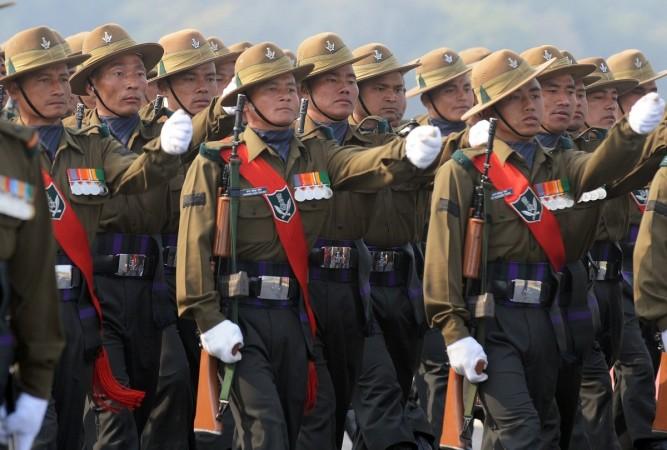
Facing allegations of human rights violations in the Northeast and Jammu & Kashmir, the Indian Army has now decided to create a dedicated position for monitoring human rights-related matters. Moreover, as a part of its restructuring plan, the 1.3 million strong force will also be creating a post for strengthening its vigilance set up. National daily, Hindustan Times has reported that the Ministry of Defence(MoD) has given its consent to the proposed restructuring of the army.
MoD officials said that a major-general ranked officer will chair the post. One of the officials close to the development said, "Both positions will be manned by major-general ranked officers, who will be appointed as additional directors general to man the posts. The ADG (vigilance) will report directly to the army chief. This is part of the restructuring of the army headquarters."

Notably, the officers will be drawn from the tri-services in ADG (vigilance) wing to ensure an objective and impartial approach. Meanwhile, a police officer on deputation will hold the post of ADG (human rights) and will report to the director general of military operations (DGMO). The restructuring in the army is seen as its biggest exercise post-independence. The plan is based on the recommendation made by comprehensive studies led by its topmost generals which seek to make the 1.3-million-strong army leaner and fitter for a 21st-century war.
Additionally, the army has also decided to create a new post of Deputy Chief who will coordinate with military intelligence, operations and logistics wings. The new Deputy Chief will be deputed the responsibility of strategy and operations, intelligence collation, conduct of operations and the movement of logistics. As per the present scheme of arrangement, the director general of military operations and the director general military Intelligence report to the Army Chief or Vice-Chief. Further, the DG (Military Training) will now be merged with the Shimla-based Army Training Command.
The restructuring also envisages reducing around 20 per cent of officer's post in the army headquarter. Presently, between 950 to 1000 officers are posted in the army headquarters. Last year, army chief Bipin Rawat had said that the restructuring would cut down the size of the troops by around 1,00,000 which would allow the army to use technological advances in warfare and create integrated brigades that can be deployed to the mission swiftly, reduce the size of the army personnel posted in the headquarters and improve the army's tooth-to-tail ratio.
















